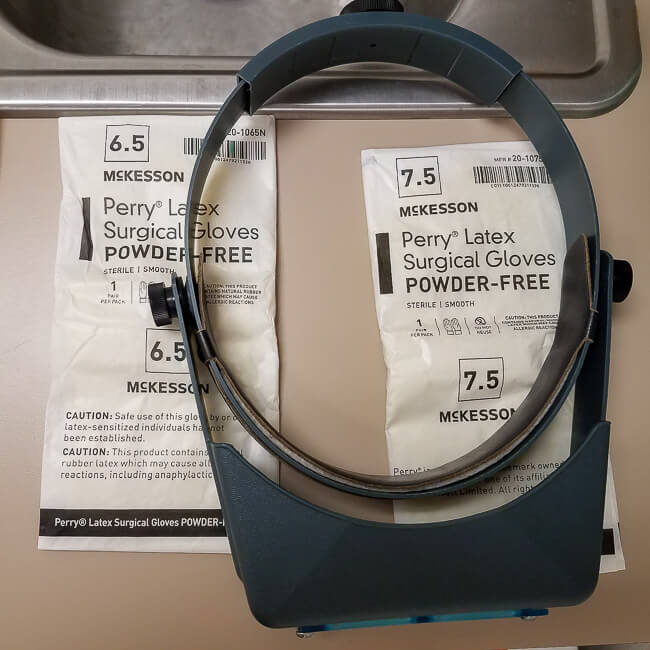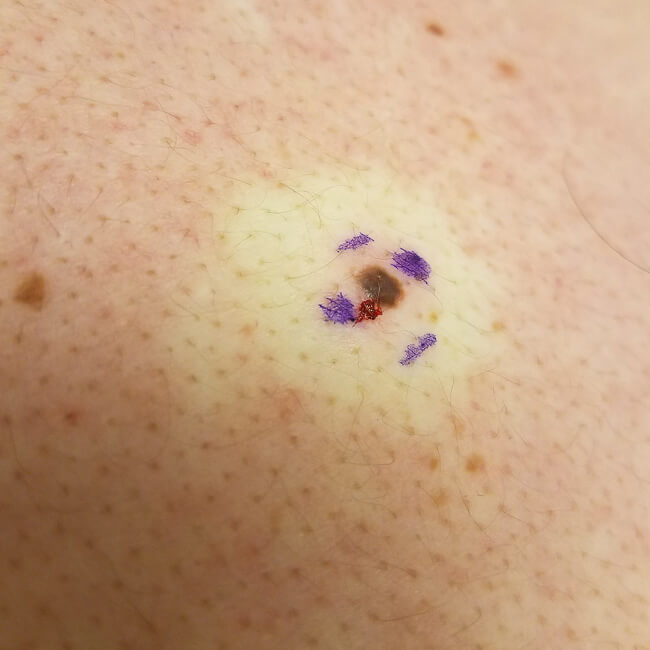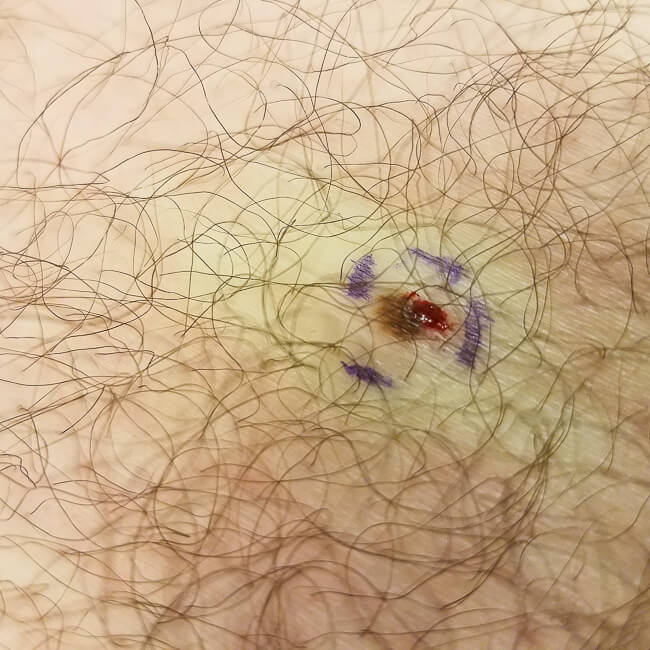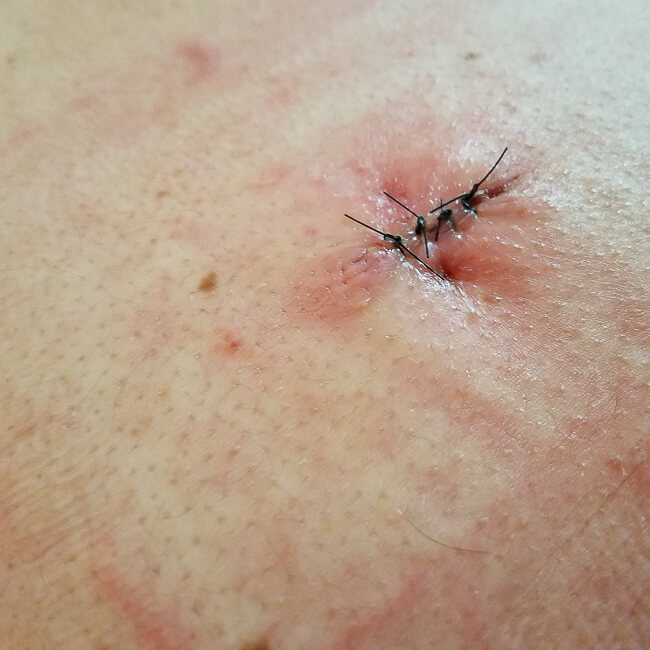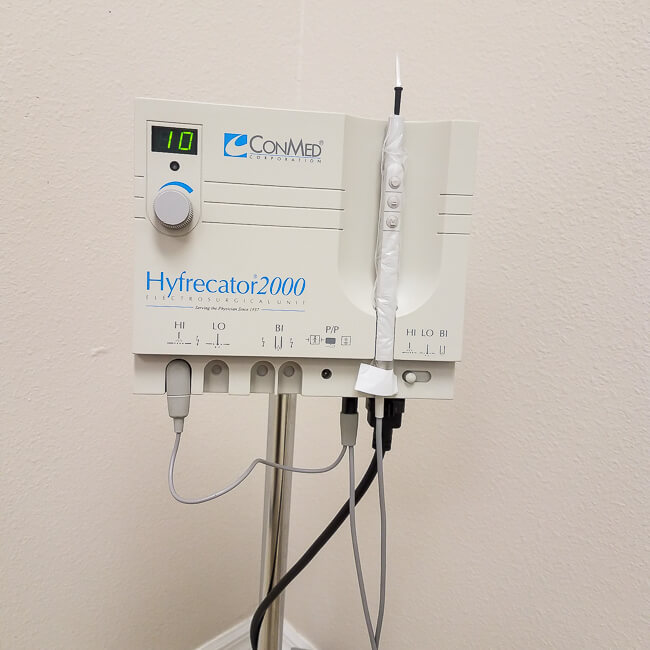Skin cancer affects millions of people a year and can develop in the skin cells on any part of your body. Most of the time skin cancer develops on areas that are exposed to the sun, but it can pop up anywhere and in really hard to reach places like the middle of your back. That’s why it’s important to see a dermatologist regularly for checkups. Dermatologists are trained to see things we may not even notice or see as a threat.
There are three main types of skin cancers: basal cell, squamous cell, and melanoma. If left untreated most skin cancers can spread throughout the body resulting in death. To avoid dying of skin cancer see a dermatologist regularly and perform monthly self-examinations. When giving yourself the once over, keep your ABCDE’s in mind.
Asymmetry
Normal moles are round shaped. Abnormal moles are asymmetrical and blob-like.
Borders
Normal moles hold their own. Abnormal moles look kind of like they’re falling apart and melting into your skin.
Colors
If you have a mole that is black, red, or changing color you should really get that checked out.
Diameter
Normal moles usually don’t get any bigger than the size of a pencil eraser. Abnormal moles can grow quite large.
Evolving
If you notice ANY change in size, shape, color, or elevation of a mole get it checked out by a dermatologist. If your mole begins to bleed, itch, crust over, or morph into a new pattern resembling a Rorschach test, see a dermatologist or healthcare professional with the quickness. Early recognition and prompt treatment can make a world of difference and often leads to a favorable outcome.
If your dermatologist spots a suspect mole, they’ll probably want to perform a biopsy. If that’s the case, you’ll be asked to uncover the affected area and lie on the examination table. Then you will be injected with a numbing agent, the doctor will remove a piece of tissue from the affected area, package it up, slap a band-aid over your wound, and send you home to await the findings. No news is usually good news. Most of the time you won’t even hear from the office again unless they’re calling to remind you of another appointment or procedure. If you do hear from them, it’s usually because further action needs to be taken. If the mole is benign but precancerous the doctor may excise the tissue in the office. If the mole is malignant then you’ll see an oncologist and have to do a little more leg work. They might even suggest chemotherapy, radiation therapy, or molecular targeted therapy along with surgical intervention. Either way, the end result is about the same in most cases. After the abnormal tissue is removed/treated you’ll be asked to come in every few months for the next year or so for a full body checkup. If nothing new pops in that time you’ll go back to yearly checkups.
Skin is your body’s largest organ. Its important to take care of it and recognize when something isn’t right. Decreasing your skins exposure to ultraviolet rays and using sunscreen are the most effective ways to prevent nonmelanoma and malignant skin cancers. Know your ABCDE’s and perform regular self-examinations. See your dermatologist regularly and take care of issues before they take care of you.

